
Drones, once a novelty reserved for tech enthusiasts and militaries, have swiftly transformed our world. From cinematic captures to efficient agriculture management, drones have a plethora of applications, sparking interest worldwide. Yet, with such variety and rapid tech advancements, comes a burning question for prospective buyers: “How much do drones really cost?” Navigating the market can be a maze, and it’s vital to identify a drone that offers value for money and fits your budget.
Factors Influencing Drone Costs
The price tag on a drone isn’t arbitrary. Several critical factors determine how much a drone will cost:
Technology & Features: More advanced drones come with technologies like obstacle detection, auto-tracking, and high-resolution cameras, hiking up their prices.
Brand Reputation: Just like any other gadget, certain brands have a reputation for quality, reliability, and innovation. Brands with a longstanding positive reputation often price their devices at a premium.
Intended Use: A drone meant for professional cinematography will undoubtedly cost more than one designed for a casual hobbyist.
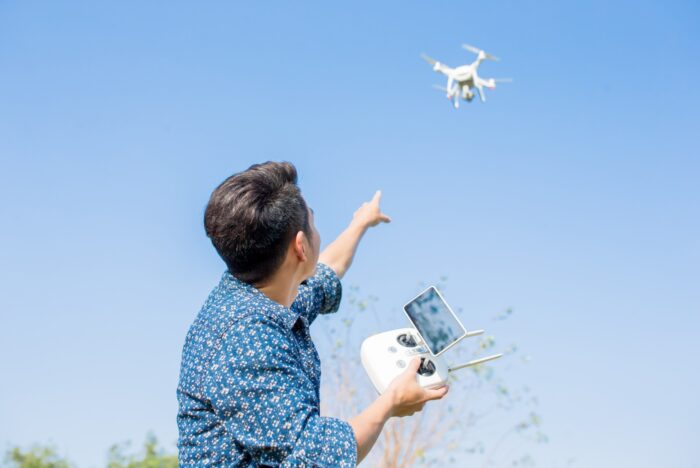
Types of Drones
As the world of drones has expanded, so too have the varieties catering to different users. From a child flying a toy in the backyard to a filmmaker capturing aerial sequences, drones have permeated various spheres of our lives. Broadly speaking, they can be bucketed into three primary categories, each aligning with the user’s intent and expertise.
1. Consumer Drones: The Novice’s Entryway
Often termed as ‘toy drones’ or ‘beginner drones’, consumer drones serve as an excellent starting point for those new to this aerial world. These are:
- Affordable: Designed to be cost-effective, allowing newcomers to experiment without a hefty investment.
- Easy to Fly: Most come with basic controls and intuitive designs, making the learning curve smoother.
- Less Feature-Loaded: While they do pack essential functionalities, they might not be brimming with advanced features. Some might come with basic cameras, but don’t expect cinema-quality footage.
- Examples: Popular models include the DJI Tello, Syma X5C, and the Holy Stone HS170 Predator.
2. Prosumer Drones: The Sweet Spot of Features and Price
A blend of ‘professional’ and ‘consumer’, prosumer drones fill the gap between hobby toys and high-end equipment. They are:
- Feature-rich: Expect better cameras, longer flight times, and advanced technologies like obstacle avoidance.
- Moderately Priced: While more expensive than consumer ones, they’re more affordable than professional ones, offering a balance between price and features.
- Versatile: Ideal for budding photographers, videographers, or anyone looking to up their drone game.
- Examples: Drones like the DJI Mavic Air 2 or the Parrot Anafi fall into this category.
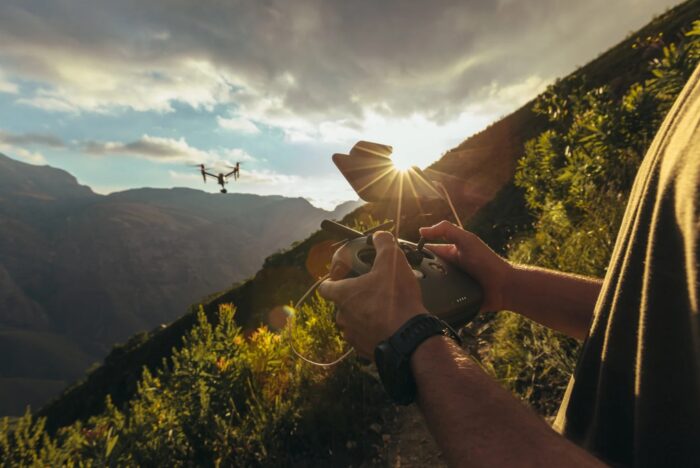
3. Professional Drones: Top-tier Aerial Machines
Reserved for those who require the very best, professional kinds are the pinnacle of drone technology:
- High-End Features: Boasting the best cameras (often 4K or higher), extended flight ranges, and capabilities like thermal imaging.
- Specialized Purposes: They cater to professionals in sectors like filmmaking, agriculture, real estate, and surveying.
- Pricier: Given their capabilities, drones such as those from Enterprise UAV come with a significant price tag.
- Examples: Notable mentions include the DJI Inspire series, the Matrice 600, and the Freefly Alta.
While there’s a drone for every kind of user, it’s vital to understand that each category targets a particular audience. A casual user might not require the functionalities of a professional drone, while a cinematographer would likely find consumer drones inadequate. Therefore, when you factor in the type of drone you’re interested in, you’re not just selecting features; you’re aligning with a cost range tailored to your needs.
Consumer Drones – Budget-Friendly Options
If you’re a newbie or seeking some aerial fun, consumer drones are your best bet. While these drones may lack some of the advanced features, they’re easier on the wallet. For instance, models like the DJI Tello or the Syma X5C offer basic camera functionalities and decent flight times at affordable prices. But remember, in the consumer segment, a lower price might also mean trade-offs in durability, flight time, or camera quality.
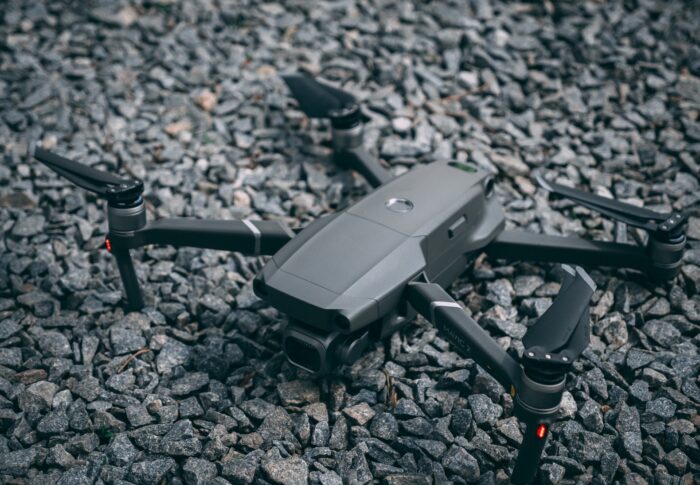
Prosumer Drones – Balancing Price and Performance
Stepping up the ladder, we have prosumer drones. These are hybrids – offering advanced features without the hefty price tags of professional drones. Examples include the DJI Mavic series. With enhanced cameras, extended flight durations, and superior stability, prosumer drones are perfect for those keen on aerial photography or videography but aren’t quite professionals. They balance performance and price, ensuring you get value for your money.
Professional Drones – High-End Investment
For those who mean business, professional drones are the kings of the sky. From high-end filmmaking to precise agriculture mapping, these drones come equipped with top-tier cameras, extensive flight ranges, and the ability to carry specialized payloads. However, quality comes at a price. Brands like DJI’s Inspire or Matrice series can significantly dent your wallet but offer unparalleled performance.
Essential Features vs. Nice-to-Have
Differentiating between must-haves and luxuries can save significant money. While features like flight stability and camera resolution are essential, others like gesture control or follow-me mode, though impressive, might be non-essential for many users. By prioritizing, you can ensure you’re only paying for what you’ll use.
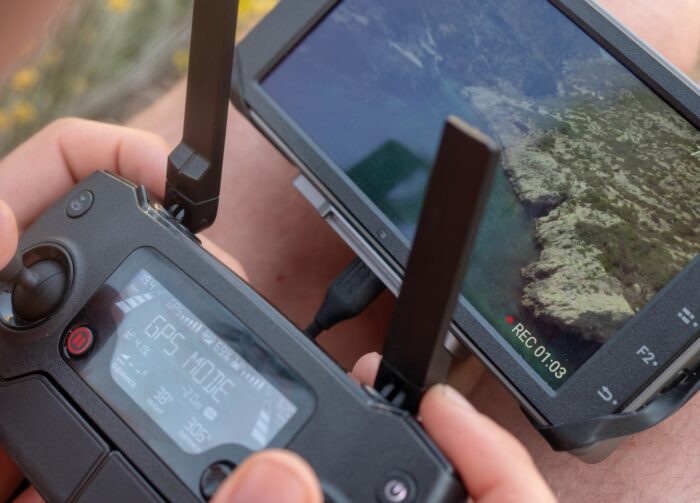
Hidden Costs to Consider
Drone pricing doesn’t end at the checkout. Anticipate future expenses such as spare batteries (for extended flight time), replacement propellers, protective cases, and potentially even insurance. Maintenance and these “extras” can add up, so ensure your budget accounts for them.
Pre-Owned Drones – Cost-Effective Alternative
Considered a pre-owned drone? Buying second-hand can offer significant savings. However, always ensure you’re purchasing from a trusted source. It’s crucial to be wary of signs of wear, battery health, and ensure the drone hasn’t been involved in crashes.
DIY Drone Kits – Budget and Learning Experience
For the hands-on individuals, DIY drone kits can be both budget-friendly and a learning adventure. While you can customize as per your needs, remember that building a drone requires time, patience, and a bit of technical know-how.
Researching Prices and Comparing Options
Before taking the plunge, thorough research is key. Websites, online marketplaces, and manufacturers’ portals can provide a wealth of information. Dive into user reviews to glean insights on actual performance versus advertised promises. Comparing features and prices across brands ensures you make an informed purchase.
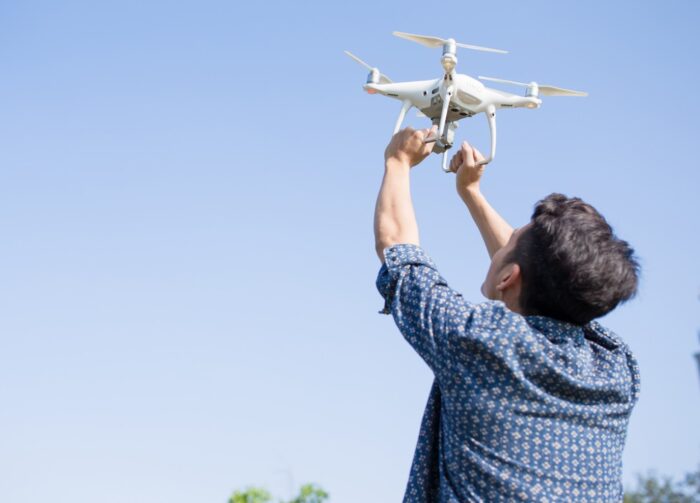
Finding Your Ideal Drone Within Budget
Drones, with their diverse range and myriad features, can indeed cater to every budget. Whether you’re a hobbyist or a professional, prioritizing your needs, setting a budgetary limit, and thorough research can ensure you get a flying companion that’s perfect for you. Remember, the sky’s the limit, but that doesn’t mean you have to break the bank to touch it!





